https://www.youtube.com/watch?v=D_zIPz5gJCk
Techniques - How to make coffee like a true Barista (Tutorial)
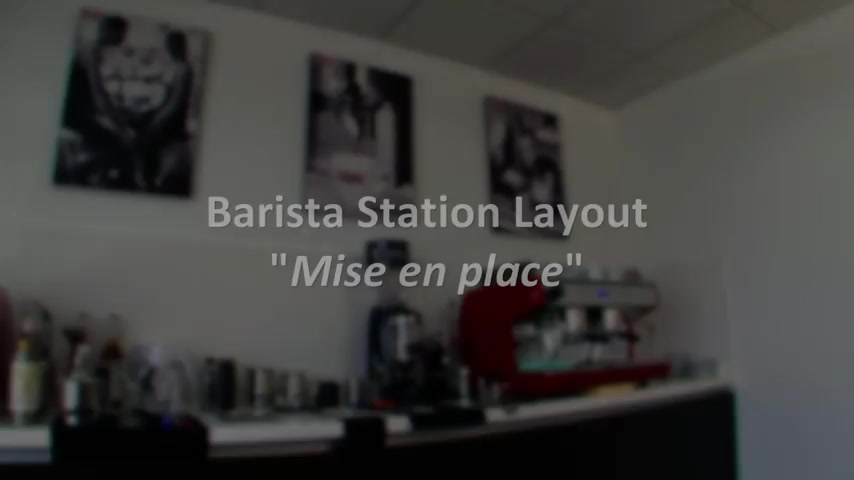
organising and preparing the working station tools is basic in order to offer a good service .
The organisation on the barista station is a personal question , but the layout of each element must always be defined , focusing on efficiency and fast execution .
By pre establishing a systematic start up for our barista station , our working hours will become much more comfortable .
Cleaning and maintenance are basic in the barista station .
Cloths , towels and brushes will be very helpful in this task .

Brushes are always needed one to clean the porter philtres before inserting them in the group head a second , the biggest brush to efficiently clean the coffee left over by the grinder area and a third brush to clean the dispersion screen .
The first should be placed on an espresso saucer on the cup warming tray .
It should be a damp cloth to clean the steam spout and nozzle after each use .
The second , also damp , will be placed in the drip tray to clean it after purging the group head before preparing coffees , The third cloth placed on the machine table must be dry .
It is used to clean any dirt caused by work .
The fourth is recommended on dark colour .
It is used to clean the leftovers of coffee pack that are on the porter philtres .
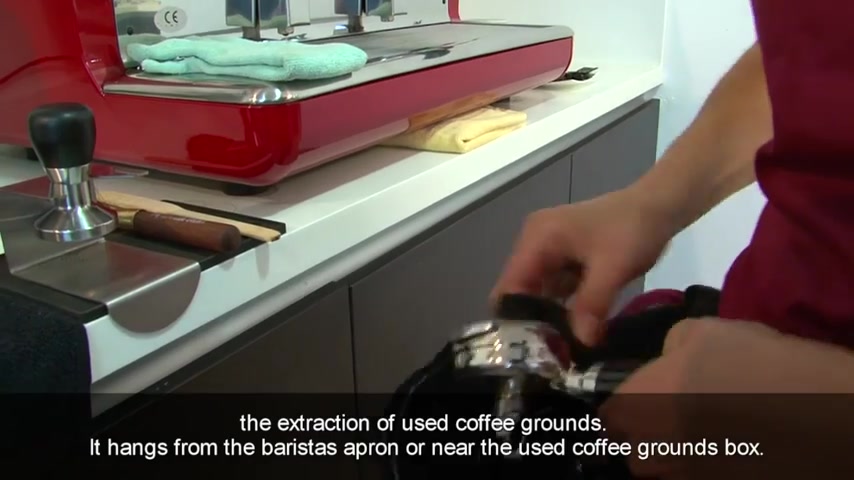
After the extraction of used coffee grounds , it hangs from the barista apron or near the used coffee grounds box .
Adjusting the coffee machine is essential to assure a good service .
The espresso machine has to be cleaned from the day before .
Once we start in the morning , we have to check that water pressure bomb has to be in eight or nine bars .
Boiler pressure also has to be checked .
It must be at least one bar .
Water temperature of the group has to be between 88 and 92 °C .
Groups and steam nozzles must be purged .
Next step is to check general furniture cleanliness as well as baskets and philtres .
We must also check that cups are placed in the superior part of the coffee machine .
In this part , cups receive heat from the inside boiler , and they are kept at 40 degrees .
The optimal temperature .
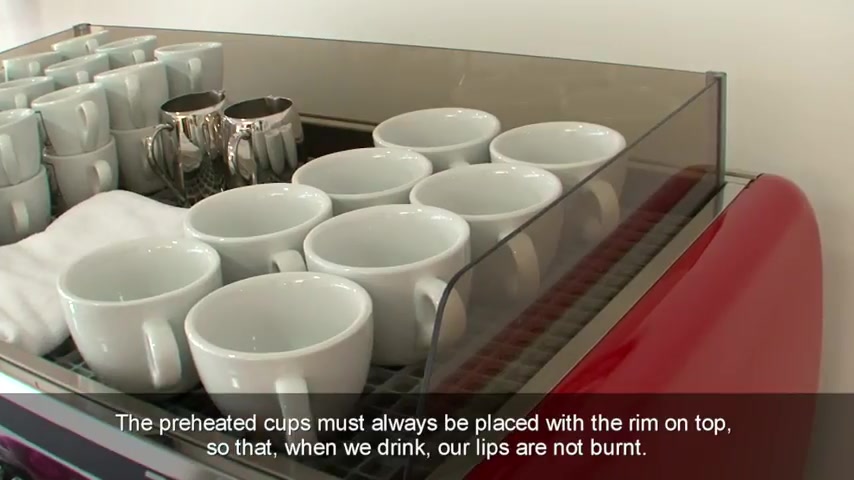
In order to guarantee this temperature , no more than two cups should be placed on top of one another .
The preheated cups must always be placed with a rim on top so that when we drink , our lips are not burnt .
To prepare a coffee .
Grinding coffee beans is essential .
To do that , we need a grinder that works properly and with working ring bars and blades .
The empty hopper must be clean .
The gates , located at the outlet neck , must be closed .
We fill up the hopper with coffee beans , and we adjust the grinding to allow an extraction of 25 seconds .
For 30 millilitres of coffee , we adjust the dosing system of grinder dispenser .
The recommended measures are 7 to 9 grammes for one cup and 14 to 18 grammes for two cups .
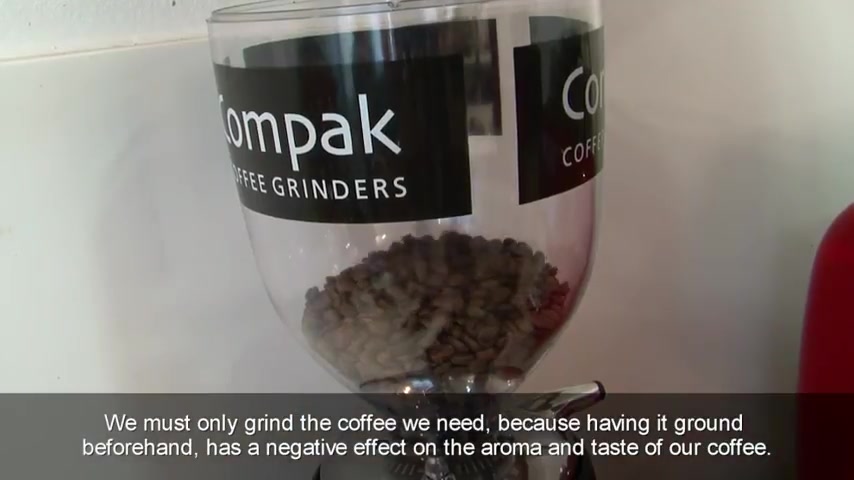
We must only grind the coffee we need because having its ground beforehand has a negative effect on the aroma and taste of our coffee .
It is advised to work with half of the hopper beans and filling it in when needed .
At the end of the working day , we must empty the remaining coffee and keep it in an airtight container in the refrigerator .
The use of a dynamo metric telescopic or manual tamper depends on experience .
Manual Tampa , for example , is only recommended for knowledgeable baristas .
Whatever type we choose , the aim of the Tampa is always the same constant pressure .
Tampa has to be completely horizontal and energetic of approximately 20 kg .
To achieve a homogeneous extraction of the coffee dose .
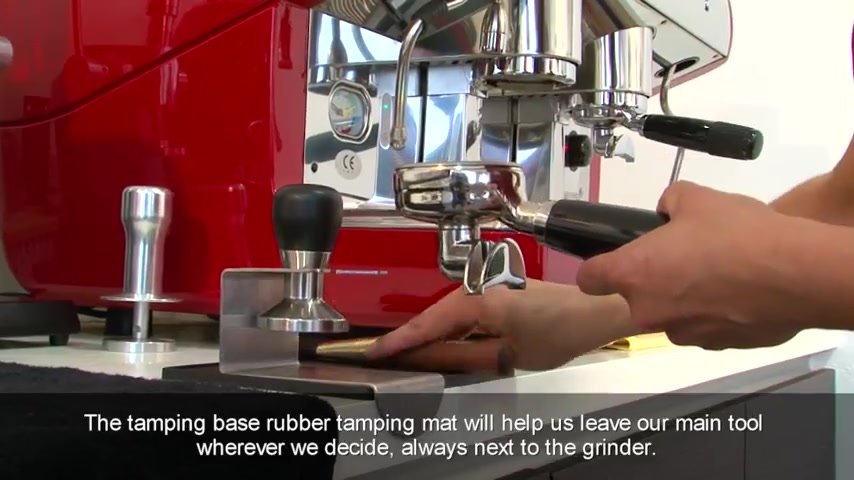
The tamping base rubber tamping mat will help us leave our main tool wherever we decide always next to the grinder .
The measuring glass will help us check the perfect volume of a coffee cup .
The thermometer , the ideal temperature of the milk , which should be between 60 70 °C .
To prepare and serve milk and cocktails , we will need more than one jug or pitcher .
The most commonly used are naught 0.5 and naught 0.75 litres .
If it is our intention to mix drinks , a 0.45 litre jug will allow us to create layers without risking spills .
By using water kettles , we will avoid unwanted flavours in infusions and such drinks .
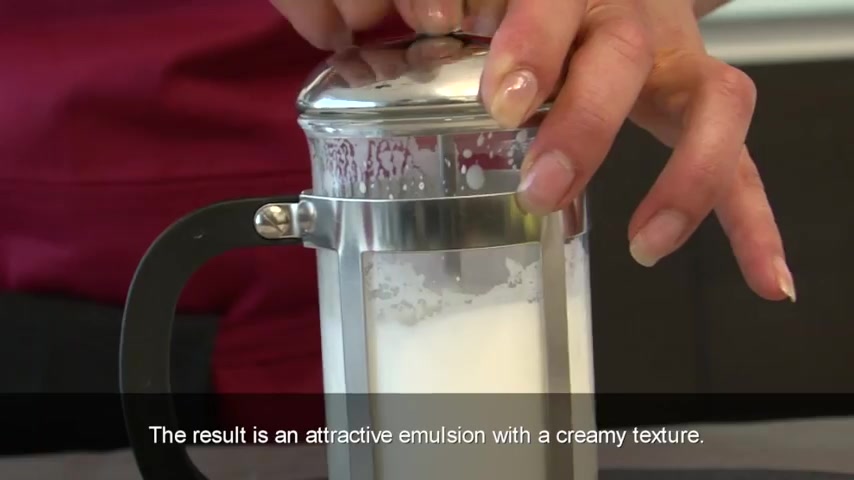
French press can be used to prepare cold textured milk alone or mixed .
Combined with other ingredients , the result is an attractive emulsion with a creamy texture .
This brewing method is also useful to prepare and to serve infusions and to prepare soft and aromatic coffees to decorate coffees or cocktails .
This kind of shakers will be very helpful .
We can fill them with products such as cinnamon and cocoa , among others .
On the market .
There are different kinds of syrups with different colours and flavours to draw UNT textured milk to give an original touch to our creations .
Squeeze bottles , as well as edging tools , will help us define images and create attractive paintings .
The art of drawing with these tools is known as coffee painting .
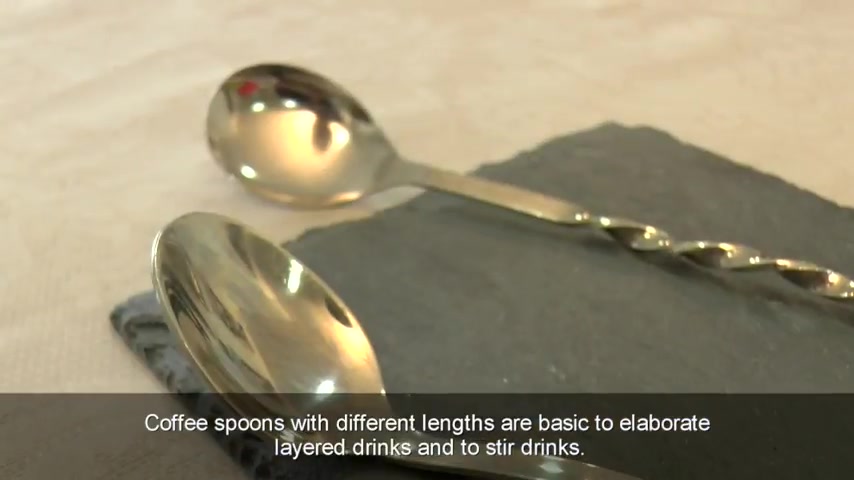
Coffee spoons with different lengths are basic to elaborate layered drinks and to stir drinks to prepare drinks with coffee .
It is usual to use cocktail shakers in which the ingredients are shaken energetically with ice to obtain a homogeneous and cold combination .
With this graded measuring glass , ingredients can exactly be dosed , although it is always advisable to avoid using it and to memorise quantities after continuous use .
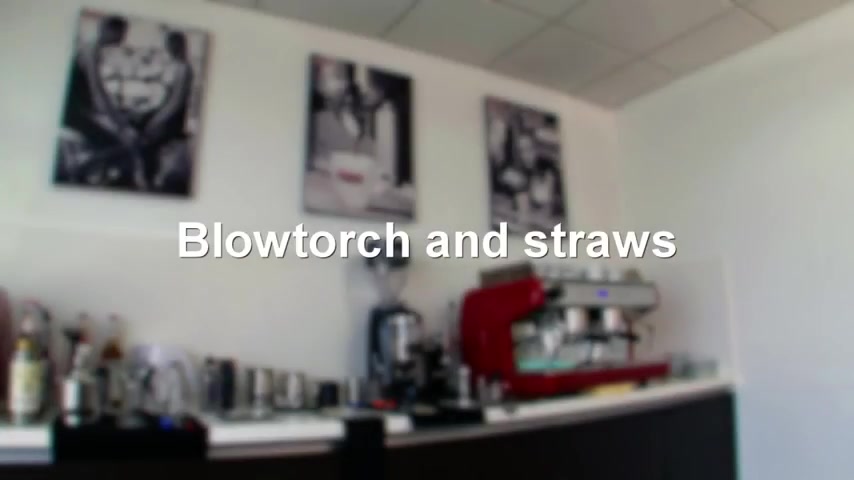
Syphon will be used to prepare whipped cream mousse and froth in only a few seconds , and the blender will be used to prepare cocktails with crushed ice with a kitchen .
Blowtorch creams can be caramelised and decorated .
We can serve such drinks with long or short straws to serve coffee cocktails .
It will be basic to choose a glass size and shape that matches the drink and the style of the establishment .
A short cocktail to be enjoyed after a copious meal , for instance , is recommended to be served in a small glass .
A long drink on a table .
Talk after a meal requires a medium or big highball glass .
For a perfect finish to the service , we could use attractive trays or saucers to prepare coffee cocktails .
We will need different spirits and syrups .
We will choose them according to the drink we want to prepare .
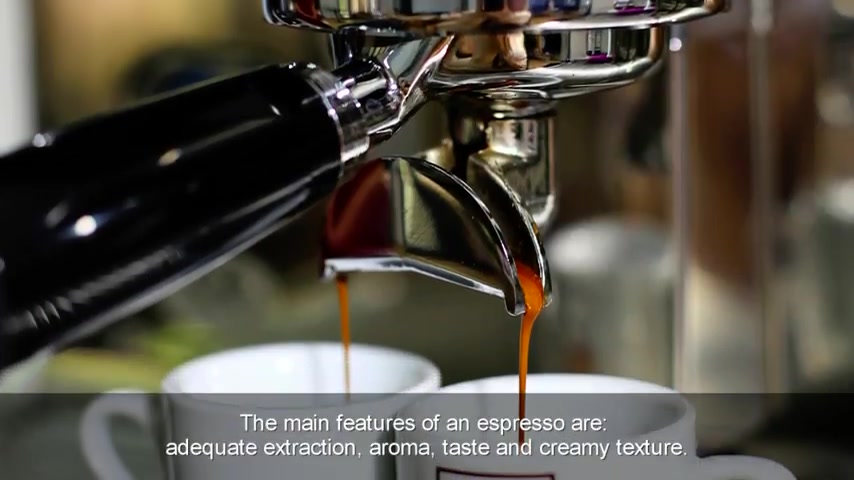
Espresso is one of the most common types of coffee brewing methods in our country .
The main features of an espresso are adequate extraction , aroma , taste and creamy texture .
Such features cannot be achieved with any other coffee brewing method .
The espresso coffee machine is a precision equipment in which water and coffee are combined to obtain the cup .
These equipments have previously adjusted thermodynamic parameters that we must respect .
Pump water pressure eight or nine bars , boiler maximum one bar and water temperature of the group , 88 to 92 °C .
The drink is obtained by filtering hot pressurised water through the ground coffee in only a few seconds during the whole process .
Water quality is an essential element .
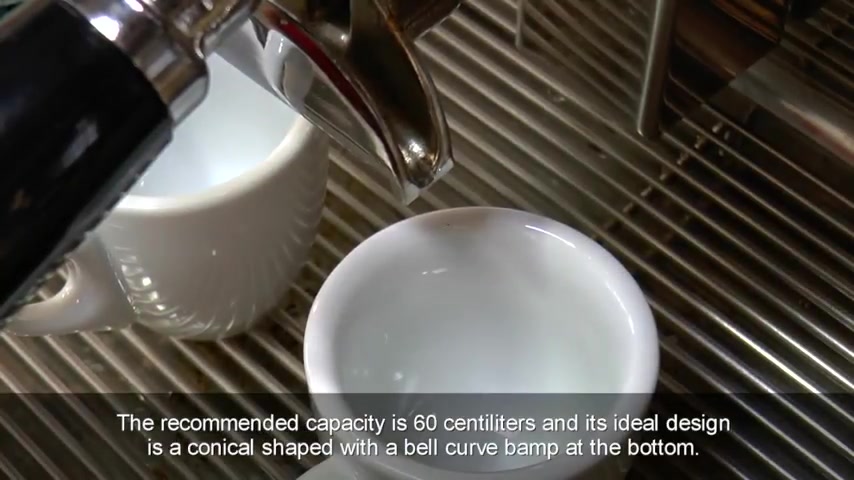
An espresso cup contains approximately 97% water and 3% of dry matter components .
That is why it is not only important to work with a good quality coffee , but also with a good quality machine and water .
The best material for an espresso coffee cup is porcelain .
The recommended capacity is 60 centimetres , and it's ideal .
Design is a conical shape with a bell curve bamp at the bottom .
This shape favours coffee extraction drop to form a thick Cremer , a basic element to maintain aroma and to form a thermal surface that delays coffee cooling .
We should grind the coffee in a short term foresight .
This way we will preserve the characteristics of the coffee beans longer , clean and dry .
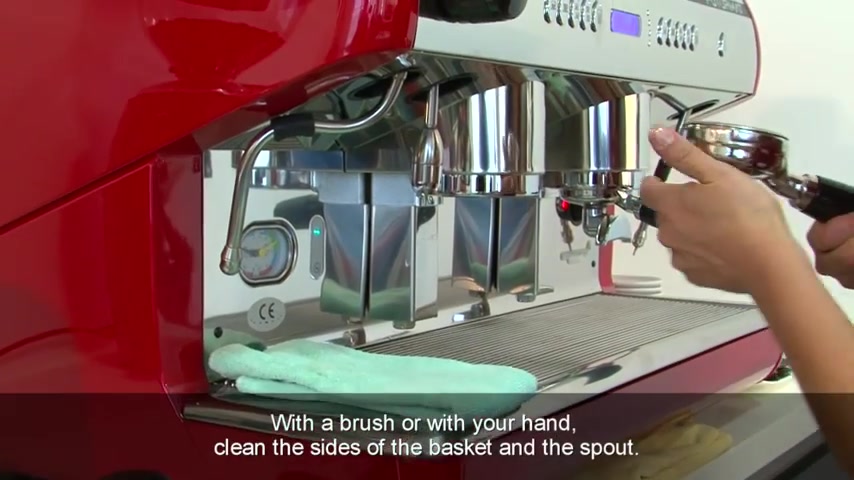
The cover surface around the grinder with barista towel , eliminating coffee remains and water .
Fill in the simple porter philtre with 7 to 9 grammes and double with 14 to 18 grammes level and distribute the coffee dose without pressuring with a manual tamper level .
First the coffee with the horizontal force and compact the coffee in a short and energetic way with the pressure of 20 kg with a brush or with your hand , clean the sides of the basket and the spout .
Purge the group head and clean with the cloth the dripping tray so the base of the coffee cup does not get dirty .
Place the water philtre in the group , press extraction and place cups immediately .
We will not leave coffee without extraction in the group because heat can alter the dose elements .
Check that the coffee flow looks like a fine string , similar to a mouse tail .
On one hand , if the pore is too slow , drop by drop .
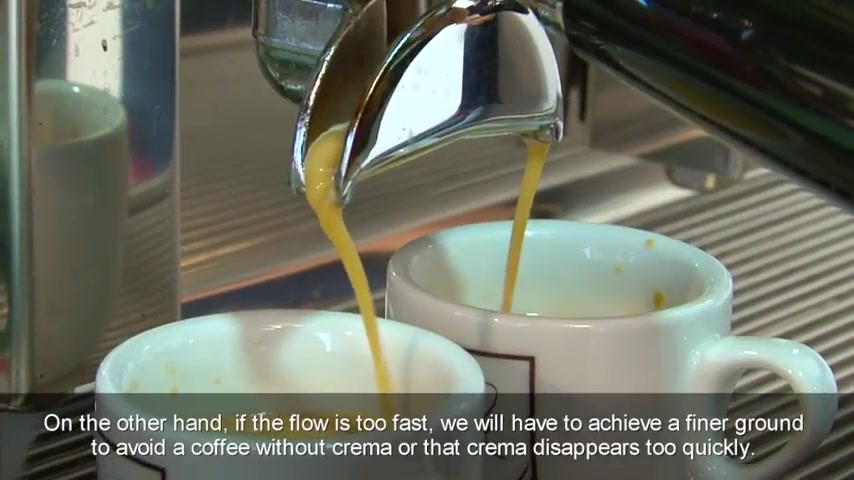
We must modify the grinding point to thicker .
Otherwise , we will obtain a thick , dark brown Cremer on the edges and white in the centre , the same way it appears when a coffee machine's temperature is too high .
On the other hand , if the flow is too fast , we will have to achieve a finer ground to avoid a coffee without Cremer , or that Cremer disappears too quickly the same .
That also happens when there is not enough coffee in the dose .
After the extraction , we will knock the used ground into the box grounds must show a texture that can be quartered .
The correct extraction is around 25 seconds long and results in a cup with a 30 millilitres volume of coffee .
This coffee has to have a compact Cremer between two and three millilitres , thick hazel colour and brown edges with fine stretch marks .
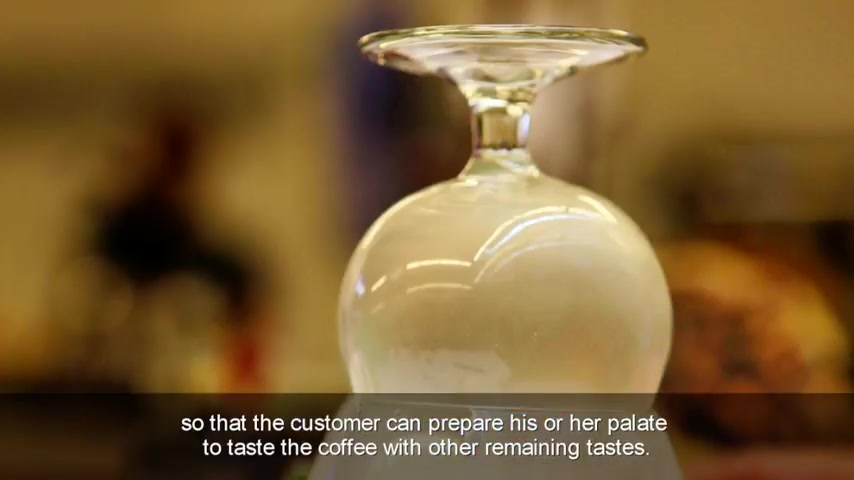
The perfect espresso coffee must be accompanied by meticulous service .
It is advisable to serve a small glass of mineral water before the coffee so that the customer can prepare his or her palate to taste the coffee with other remaining tastes .
The final touch will come with an explanation to our customer of the details of the coffee he or she is going to taste .
Cappuccino is composed of one third of coffee , one third of milk and one third of dairy cream .
Its presentation allows the use of cocoa cinnamon .
Furthermore , we can decorate with latte art or coffee painting for the correct cappuccino preparation we need to texture the milk .
With this procedure , we will achieve a creamy , shiny texture with a sweet and pleasant taste that will contribute to the pleasure of our senses .
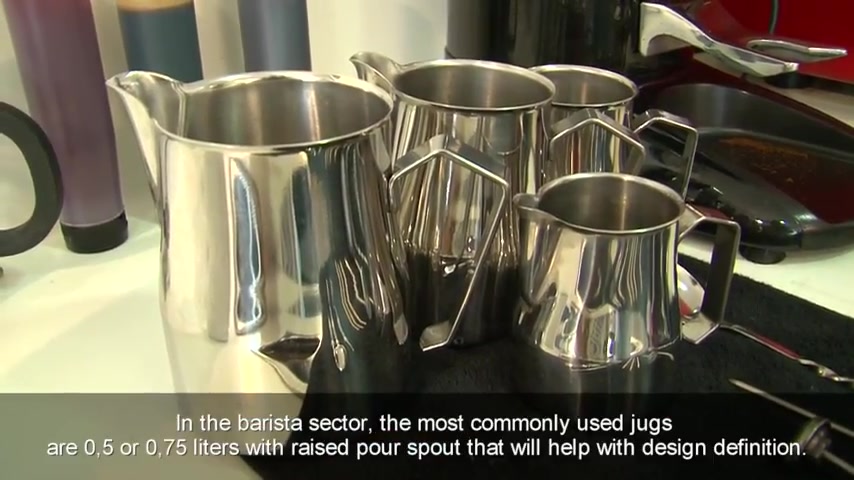
Espresso coffee machines have integrated steam wands that work with the boiler water pressure and help us create milk froth .
The main element to work with latte art , also known as free poor , is the juggle pitcher in the barista sector .
The most commonly used jugs are 0.5 or 0.75 litres , with raised poor spout that will help with design definition .
Always use cold milk at about four degrees .
Fill the jug just enough to reach the bottom part of the spout before steaming the milk .
Open the valve shortly to get rid of the water inside the steam nozzle , place the tip of the nozzle just under the surface of the milk .
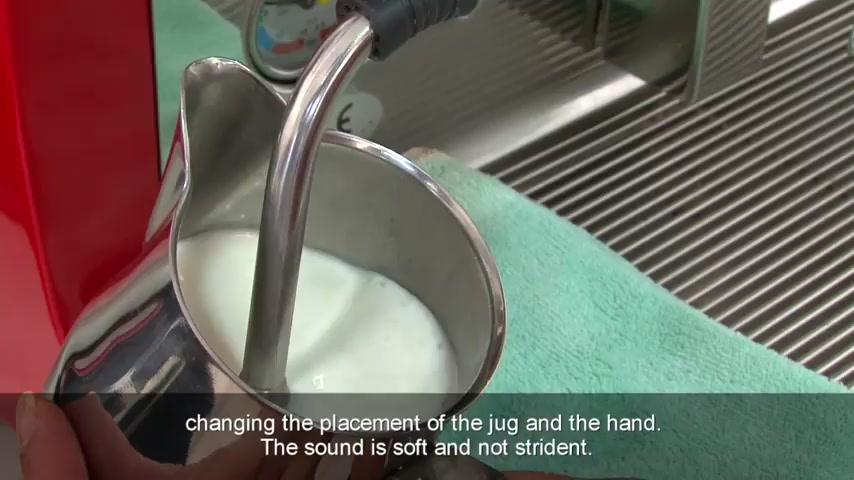
The position of the nozzle must guarantee that milk can go around the steam wand without practically changing the placement of the jug and the hand .
The sound is soft and not strident .
With our hand , we control the temperature of the milk .
It should reach between 60 70 degrees .
This temperature is reached when you can't touch the pitcher with your fingers anymore .
As soon as the milk is fully creamed and heated , you can turn off the steam while keeping the nozzle just under the surface , paying special attention in neither destabilising the acquired texture nor creating bubbles .
We will let the milk settle for a few seconds while we open the valve shortly to get rid of the water and milk inside the steam nozzle and wipe the external pipe with a moist cloth .
If necessary , get rid of the big bubbles by tapping the jug on the counter surface .
We swirl the milk by moving the jug in small circles in centrifugal movements .
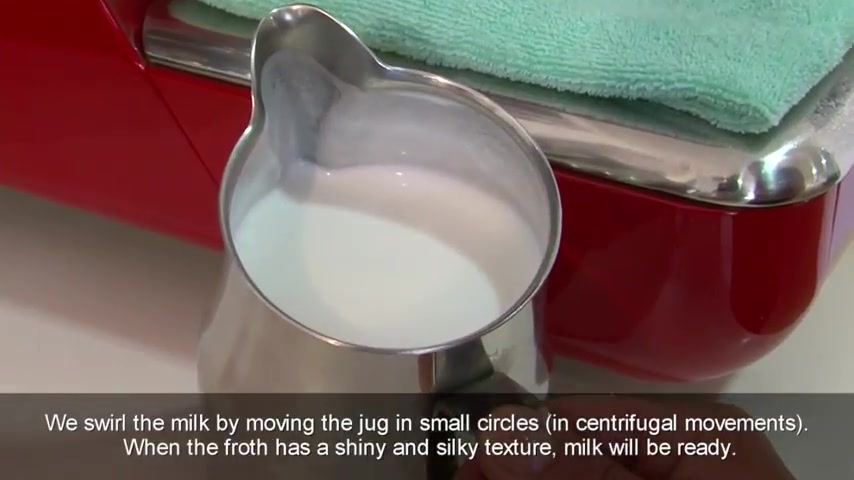
When the froth has a shiny and silky texture , milk will be ready .
Latte art is a technique used by baristas to draw with textured milk on the coffee .
To achieve the painting , baristas play with flux and height of milk from the jug during the pouring .
If we move the jug away from the cup , gravity will make that only milk comes out .
If we move the jug closer , thanks to density , we will obtain more frost stabilised on the milk .
We can make many different latte art paintings .
The two basic designs are Rosetta and Hart .
From these two new and attractive designs can be created .
The beginning of latte art paintings is practically always the same .
The basic difference is the intensity of jug movements and the milk flow intensity in the cup , which both change .
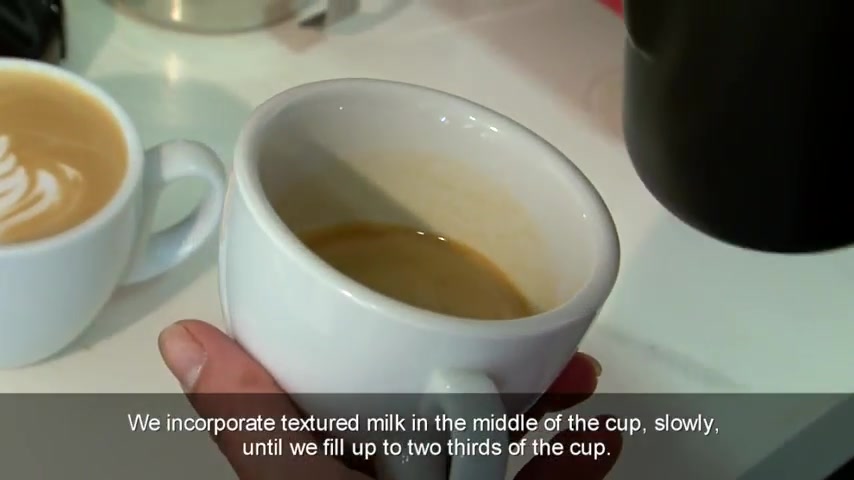
Depending on the painting we desire , we incorporate textured milk in the middle of the cup slowly until we fill up to two thirds of the cup to obtain a Rosetta .
We bring the flow to the external edge and we bring the jug down .
When Kremer appears , we start zigzag movements through the internal edge of the cup to cut the flux , we simply move the jug upwards .
The more leaves the Rosetta has , the more difficult the painting is .
With a cup filled with two thirds of milk , we bring the flux to the centre .
We will keep this position during the whole painting , bringing the jug down at the same time as we move in zigzag to cut the painting again , we will move the jug upwards .
Latte art requires a lot of practise being the result in the cup .
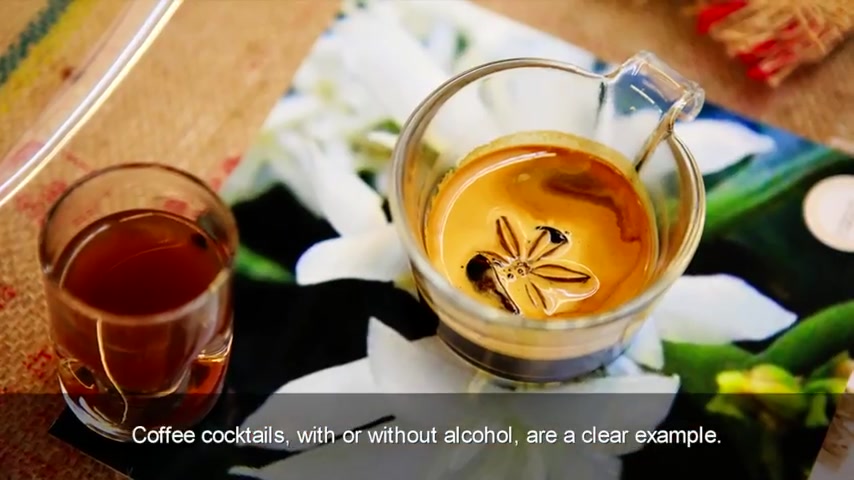
One of the biggest satisfactions for a barista coffee is much more than an espresso or a cappuccino .
The possibilities coffee has to offer are many from a perative to after meal , including kitchen and cocktails .
Coffee cocktails with or without alcohol are a clear example .
Coffee is very easily combined with alcohol , syrups and spirits , as well as many other products and preparations that allow us to create delicious drinks .
However , it is a calculated risk to define what drinks combine well with coffee and as everything else .
The success of the drink will depend on the mastery of the barista and the taste of the customer .
The most common techniques to prepare coffee drinks are shaker used to shake dense ingredients such as cream , eggs and syrups .
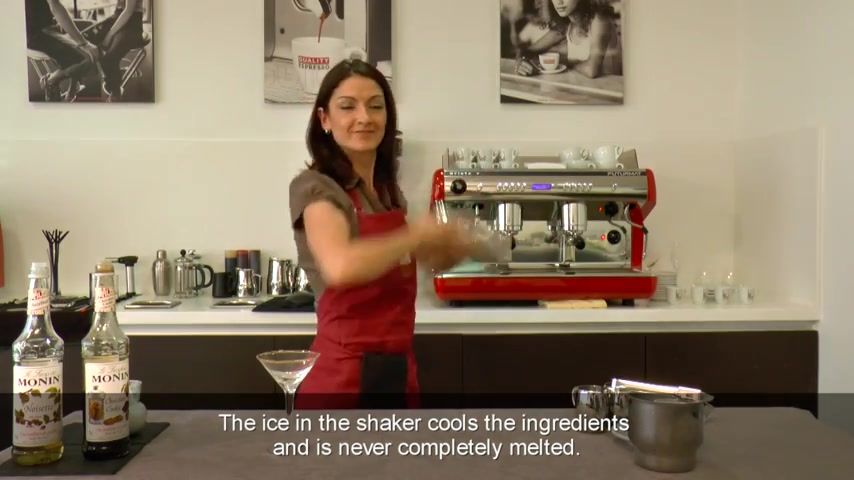
The ice in the shaker causes the ingredients and is never completely melted .
Coffee mixed with certain syrups and using this technique , for example , provides us with an excellent apper cocktail .
The posse technique is based on the creation of layered drinks according to density .
The ingredients are poured with a spoon leaning against the glass .
As we create layers , the spoon is moved upwards , leaning always on the surface of the last added ingredient .
French press is an easy to use tool .
Inside , it contains a plunger that moved with energy textures , the liquid inside .
In the case of milk , for example , we can obtain the same result as with a steam wand but with cold milk .
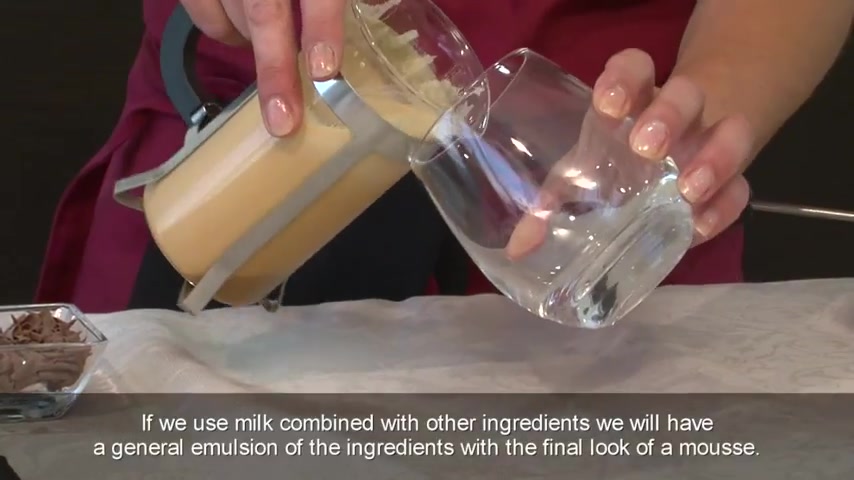
If we use milk combined with other ingredients , we will have a general emulsion of the ingredients with a final look of a moose .
When we prepare drinks containing coffee , it is important to bear in mind that the sweeter the liquid is the denser it results .
The more alcohol a liquid contains , the lighter it is .
Cleaning the spoon after each layer is important not to interfere on the next layer .
In order to add density to a liquid , we can add sugar , inform the customer on how to savour best the drink .
Are you looking for a way to reach a wider audience and get more views on your videos?
Our innovative video to text transcribing service can help you do just that.
We provide accurate transcriptions of your videos along with visual content that will help you attract new viewers and keep them engaged. Plus, our data analytics and ad campaign tools can help you monetize your content and maximize your revenue.
Let's partner up and take your video content to the next level!
Contact us today to learn more.